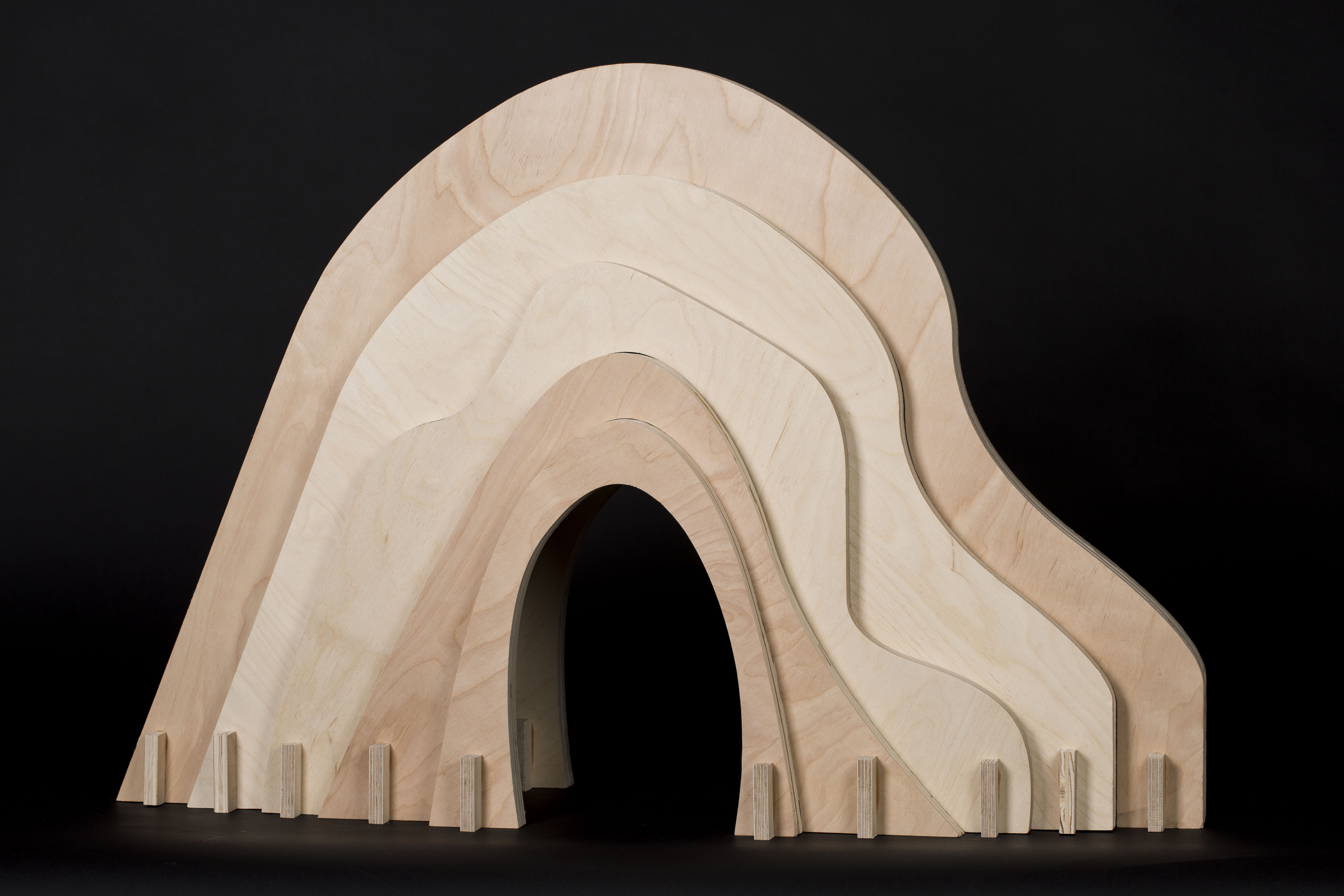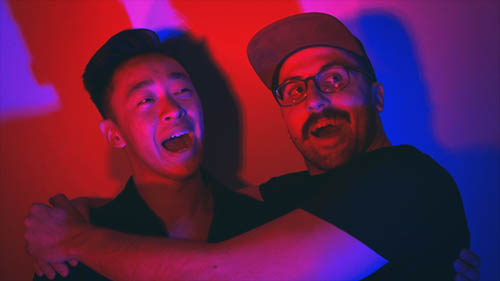
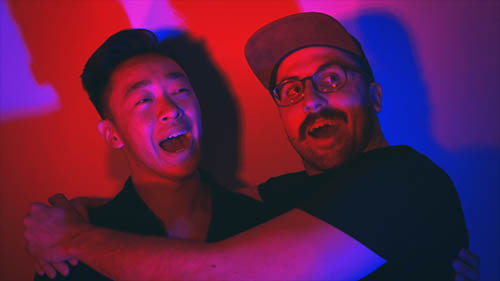
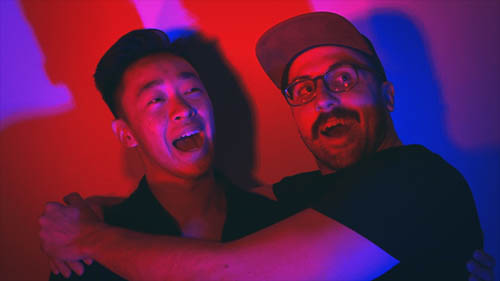


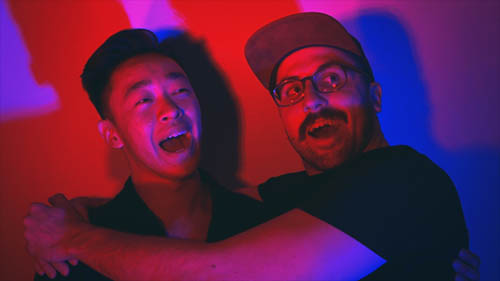
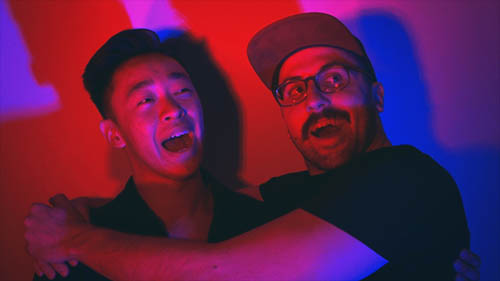
Boris Yu
Hong Kong-born pianist and composer Boris Yu is a UI/UX designer based in New York. Currently in his last year as a MFA candidate in Design and Technology at Parsons School of Design, Boris is interested in creating meaningful interactions and experiences through art and technology. Ranging from installation works to wearable technology, Boris creates to share new storytelling experiences.
(In)Audible
(In)Audible is a interactive performance installation exploring soundscapes not as static but dynamic entities. Manipulation of the surfaces alters the tonal experience of a live piano performance.
Spaces communicate through the soundscape produced within it. The aural architecture of a space is a result of physical acoustics; the structural forms and contents in the space that alters the way in which particles vibrate. Premodern civilizations created architectural systems that focus on aural architecture, emphasizing the projection of oral communication. Modernity saw a rise in civilizations creating architecture that focused on visual aesthetics. Present day acoustical engineering is given the least priority, often brought in once the building is completed or when the acoustics need to be resuscitated. (In)Audible is an interactive live-performance installation exploring aural soundscapes and their manipulation through dynamic architecture. Focusing on the cyclical relationship between sound and form, this study explores an approach where acoustic engineering is brought into the architectural design process. A site-specific composition serves as the building blocks for the form of a device meant to encapsulate a piano. The architecture and surfaces of (In)Audible are not static pieces, but fluid entities that audience members can manipulate to modify shape and acoustic properties throughout the performance. To change the aural architecture of a space and its influence on the public is to rethink how sound can be controlled, the architecture itself, and how digital means of modelling and construction can bring us closer to our analog environment.
